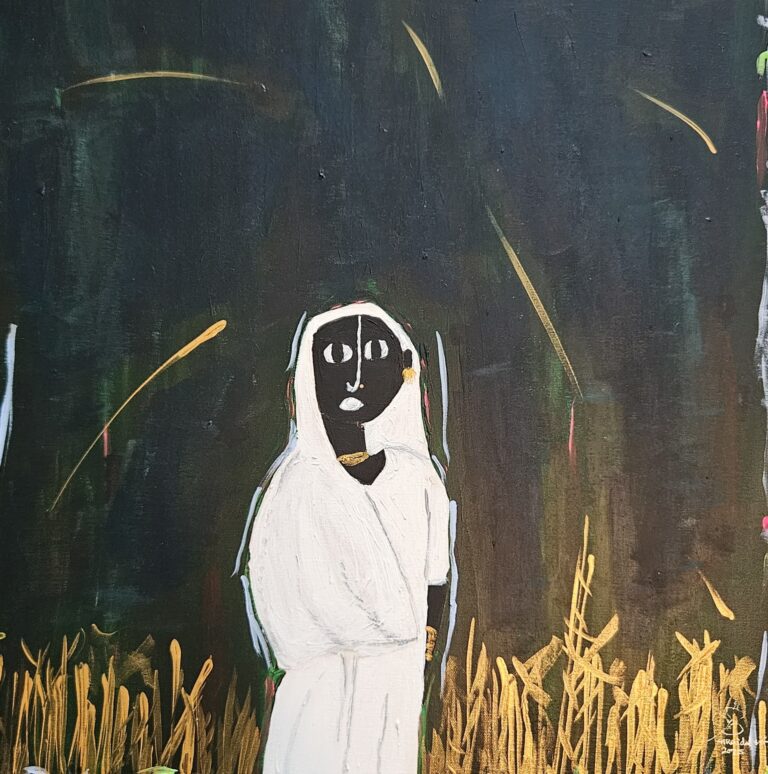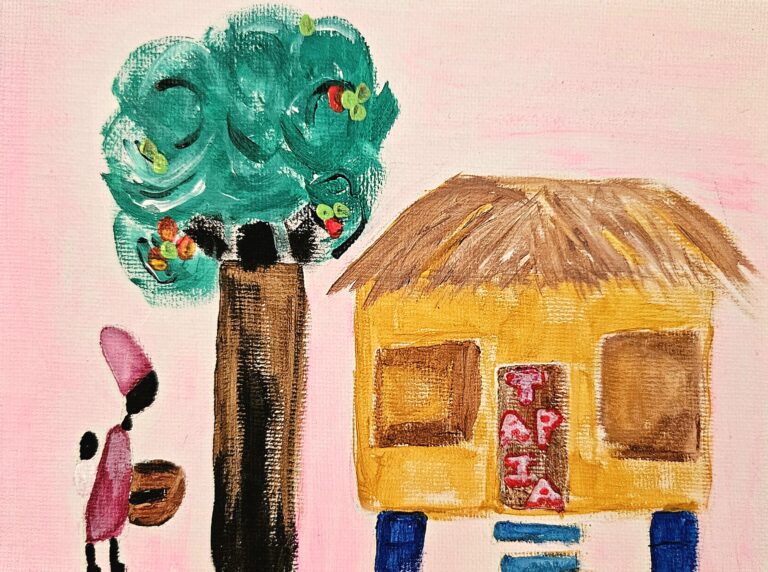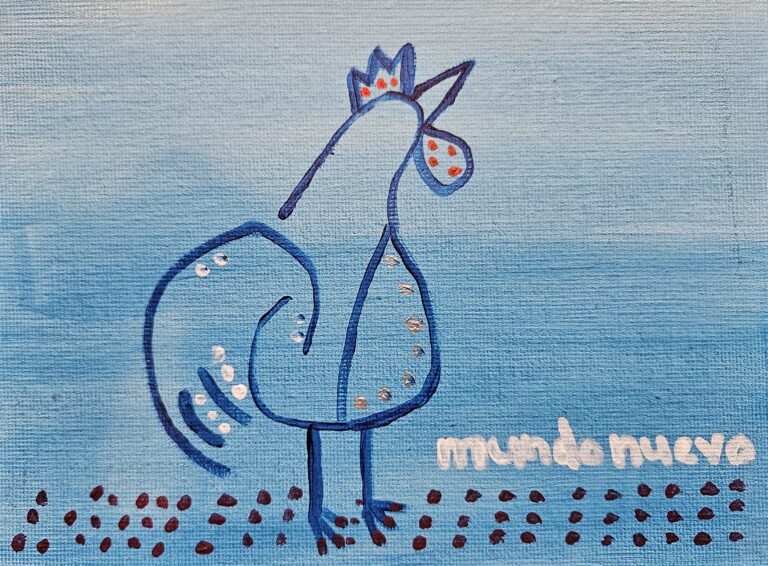Spoiler alert: Sociological critique of the construction of a white man’s paradise and neo-colonial gaze with reference to the Caribbean
“The national bourgeoisie organises centres of rest and relaxation and pleasure resorts to meet the wishes of the Western bourgeoisie. Such activity is given the name of tourism, and for the occasion will be built up as a national industry…”
– Frantz Fanon
Kes The Band is a household name in the Caribbean and international soca scene. For years they have advanced groovy soca music infusing folk melodies and instrumentals with soothing lyrics. I have been fortunate to listen to Kes, himself, on more than one occasion, speak at The University of the West Indies with deep insight about carnival as an industry while he exhibited confidence about his development as a performer. Soca has a way of conjuring feelings of joy and happiness. It is also a liberating cultural form that celebrates openness about sexual expression publicly. However, neither as genre of music nor as cultural product, it is free from biases and patriarchal premises.
On August 3, 2018, Kes The Band published the music video for “Hello” on YouTube. “Hello” was the flirtatious hit groovy song for Carnival 2018 that mobilised wide sections of the population demanding “that sweet type of love”. The video was directed by Shaun Escayg. Escayg is a Trinidad and Tobago born, Los Angeles-based animation and video director with a creative eye for detail and colour. What could these two homegrown creatives produce if they joined forces? Beautiful art and unoriginal storylines should be taken to task. Some race, some gender and a lot of global inequalities are at play in this music video. Postcolonial and critical race studies help us interrogate these cultural products and “…describe the way in which the colonial body emerges as a visual object of observation, control, desire, derision, fear, fetishism, and ambivalence for the Western traveller and/or coloniser” (Belghiti 2012, 10).
The “Hello” video is fundamentally a Rum and Coca-Cola neo-colonial fantasy portraying available black and brown exotic bodies for consumption by the white male subject. As a bredrin of mind put it across best, “de video is about white man ting!” A white male tourist seeking “The Other.”
The video begins with the protagonist, Jim, a white male who does not speak in an accent native to Trinidad and Tobago, suggesting he is a tourist. In search of a Tarot card reader, the interpreter, local comedian icon, Sprangalang asks him to draw a card. Jim draws the ‘Karnival’ card but Sprangalang is certain that Jim is not interested in a card reading, rather, he desires a woman. Sprangalang encourages Jim to drink a shot glass of alcohol (“fire”). Magically, Jim is transported to a backyard setting of a multi-ethnic carnival party, at night, where a brown woman embodying ‘Karnival’ draws Jim’s attention and seduces him with her sensual and intimate dancing. After they dance for a short time, the setting disappears and they arrive in a new pub setting. The portrait of Che Guevara on the wall and design of the pub suggest this is a Havana nightclub. This is an interesting juxtaposition of the revolutionary icon Guevara, a guerilla fighter who struggled in revolution to break the sexualizing of Cuban society as the “whorehouse of the Caribbean” and the pub scene recasting sex work and white desire against this historical backdrop. The final scene is on a beach where Karnival sexually pursues Jim on the sand. The scene ends abruptly, returning to Sprangalang’s location, and Jim is offered another drink.
A closer look at the video shows how the production of fantasy and agency ultimately rest in the hands of Jim, the protagonist of the plot. The concern of persons who critique the video does not lie in the argument for or against interracial unions or showing how inclusive carnival is; it is about the historical movement of Northern white male bodies consuming black and brown female bodies in the South.
The high praise and reception of the videos lie in its high definition visual quality, popular soca track, inclusion of folklore archetypes and the aesthetic. The aesthetic, unfortunately, is reductive and reproduces a do-nothing-for-locals tourism advertisement that markets neo-colonial desire in ‘sun, sex and beach’ for international audiences. Sheller (2004, 170) observes, “Caribbean tourism is vested in the branding and marketing of Paradise”. The video collapses multiple geographies into one symbolic Caribbean location and constructs the terrain as a paradise and landscape of pleasure for Jim’s Northern imagination.
That said, the vision for the music video is interesting. It illustrates the magical qualities of Caribbean culture – blending taboo and spirituality in a shot glass. Through the intermediary, Sprangalang, Jim is able to travel across time and place in settings framed in party atmospheres rich with choreographed dances. The scene I enjoy the most of the video was the dance routine and imagery of a kind of underworld passage through the “realm of darkness” (3:12 – 3:27). This is a metaphor popular in classical literature signifying the journey of doubt and trials in the beginning and self-discovery and freedom at the end.
For those who take time to read, this is blog is a call (another one actually…) for the development of a carnival culture (and industry) and Caribbean aesthetic that are not marked by Northern white male eyes and domination. Instead, I would like to see a more complex set of representations that illustrate social life with nuance and the power to collapse old colonial and oppressive narratives.
‘Karnival’ and the other women in video do not speak. The women repeatedly make advances to Jim at the party, in the pub and on the beach. This makes us question whether Jim “wanting a woman” as his wish was ever about romance/love or sexual adventure? The video makes me wonder about the refrain “Hello, hello”. Who is saying “hello”? Is it the lost white male tourist, entering the darkness? Is it a greeting to the happy, forever smiling, and openhearted natives? As an artist and as a people we may not have the power to change our history, but we do have the power to reimagine bodies and narratives to represent our lives with complexity and intelligence the colonial gaze never allowed.
While the video begins with white male adventure, the ending is more alarming than what meets the eye. Sprangalang offers Jim another shot glass, urging him to “take a drink” again, to consume the magic potion that would return him to his fantasy and repeat his adventure.
This was too much like history, always repeating itself.
Hello, hello…Goodbye.
References
Belghiti, Rachid. 2012. “Dance and the Colonial Body: Re-choreographing Postcolonial Theories of the Body.” PhD. dissertation, Université de Montréal. Accessed August 9, 2018.
https://papyrus.bib.umontreal.ca/xmlui/bitstream/handle/1866/9690/belghiti_rachid_2012_these.pdf
Sheller, Mimi. 2004. “Natural Hedonism: The Invention of Caribbean Islands as Tropical Playgrounds.” In Byond the Blood, the Beach and the Banana: New Perspectives in Caribbean Studies, edited by Sandra Courtman, 170-185. Kingston and Miami: Ian Randle Publishers.




Yet again, your finger is directly on the pulse of the thing. For years I looked on at the discourse regarding the growth of Bunji vs Kees and why whichever one was more “acceptable” and making waves than the other. I only saw a snippet of the video and didn’t even bother to watch the whole thing as it immediately brought to mind another “son(daughter) of the soil” who offered us a Carnival band a war or two ago portraying mammies and House N*******!” even whilst supposedly being a true pioneer and leader of the creative industry in Trinbago!
I also remember hearing a colleague’s supposition that consumption of the black and brown person is the only thing that makes The Other (to reverse the phrase) feel alive or capable. Their self worth improves directly in contrast to how many they’ve consumed (belittled, harassed, used, etc)!
How can we escape our colonial construct when it is through the eyes of the ‘uptown’ (white, versus downtown black) we revel? While the downtown takes the darkness of Jouvert to convene in jamishness and bacchanalia, the uptown shines in their prettiness, beautiful bodies of brown shades are the ideal Caribbean Carnival. Only a year ago, celebrated masmaker McFarlane felt comfortable enough to portray mas as the “Grand Lady and Houseboy”. We free?! Who is WE? What IS a Trini? These are questions we must seek concrete answers, and while in quest, destroy or at least label the lies for what they are. Columbus did not discover anything. Blacks were brought to the Caribbean by brute force. Carnival is not a French masquerade ball.
Our narrative should read, the islands were populated by tribes of Amerindian people whose culture we can still find in places and people. The Africans brought to the Caribbean gave the islands an accent, riddim and ancestry that still manifests today in our Mas and our music, especially in the soul of the steel drum. It is complex, our culture, but it is ours, and ours only. Nuff love to those who still keep the traditions alive.
What I wonder is if the video chose that path to make a statement and provoke discussion or because they did not see it as a big deal.
It’s hard to believe in this age of “wokeness” that they would not anticipate positive and negative reactions. Then again probably does not bother you much once money in the bank.
Thank you for this insightful article. My stomach turned at the first scene and I was disgusted throughout. The stereotypes abound in this video. Thank you for putting words to what I felt watching it. That said, I totally enjoy the song, but I never would have seen it in this light had this video not been made. For me the lyrics were reminiscent of my school days in Trinidad and the way teenage boys flirted with young ladies over the wall that separated the girl school from the boy school. Sexist though it may be when viewed from a 21st century lens, we didn’t experience it that way then. It pains me to think this song may not have been about us the way I experienced Destra Garcia’s Lucy to be.